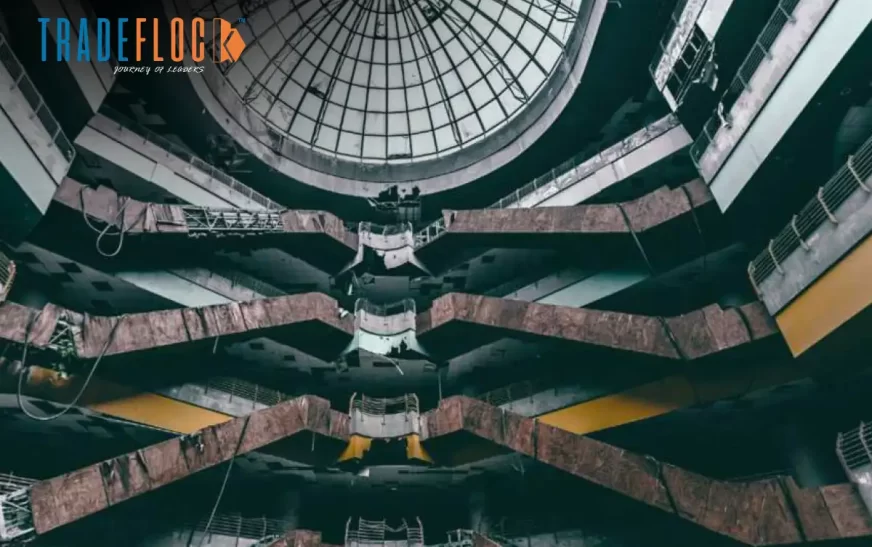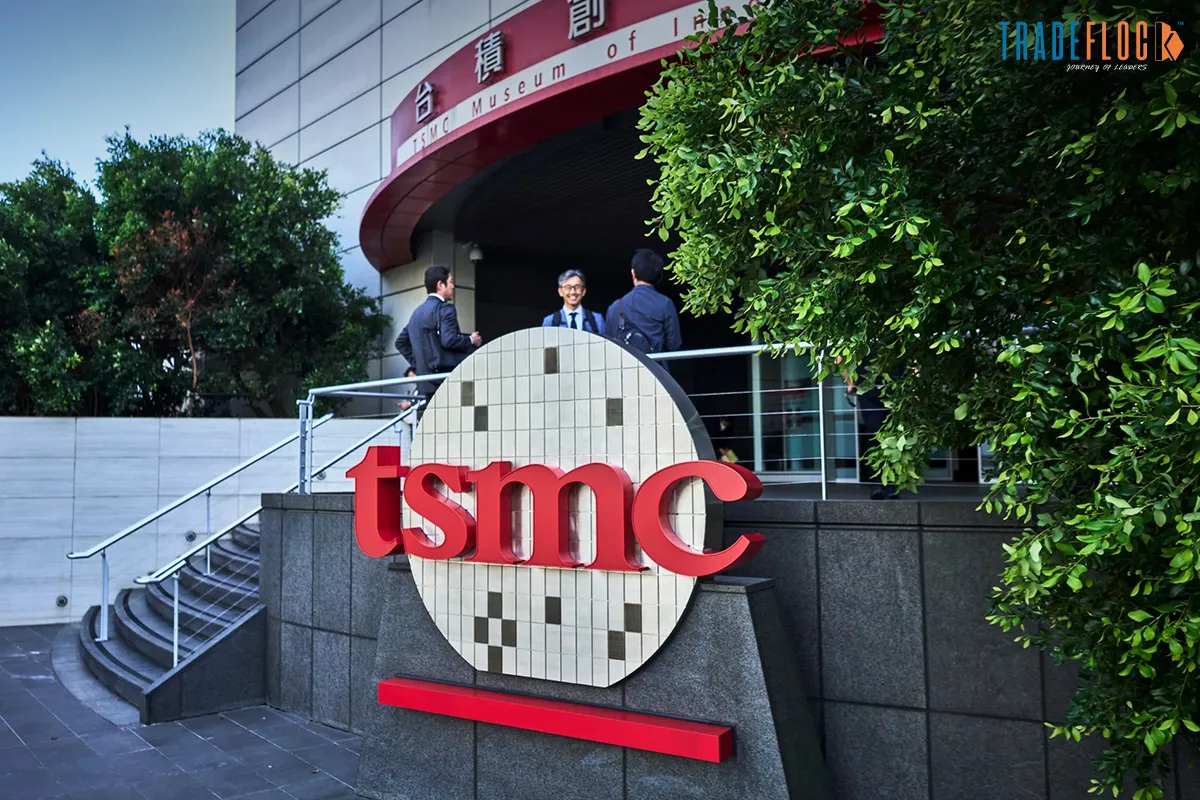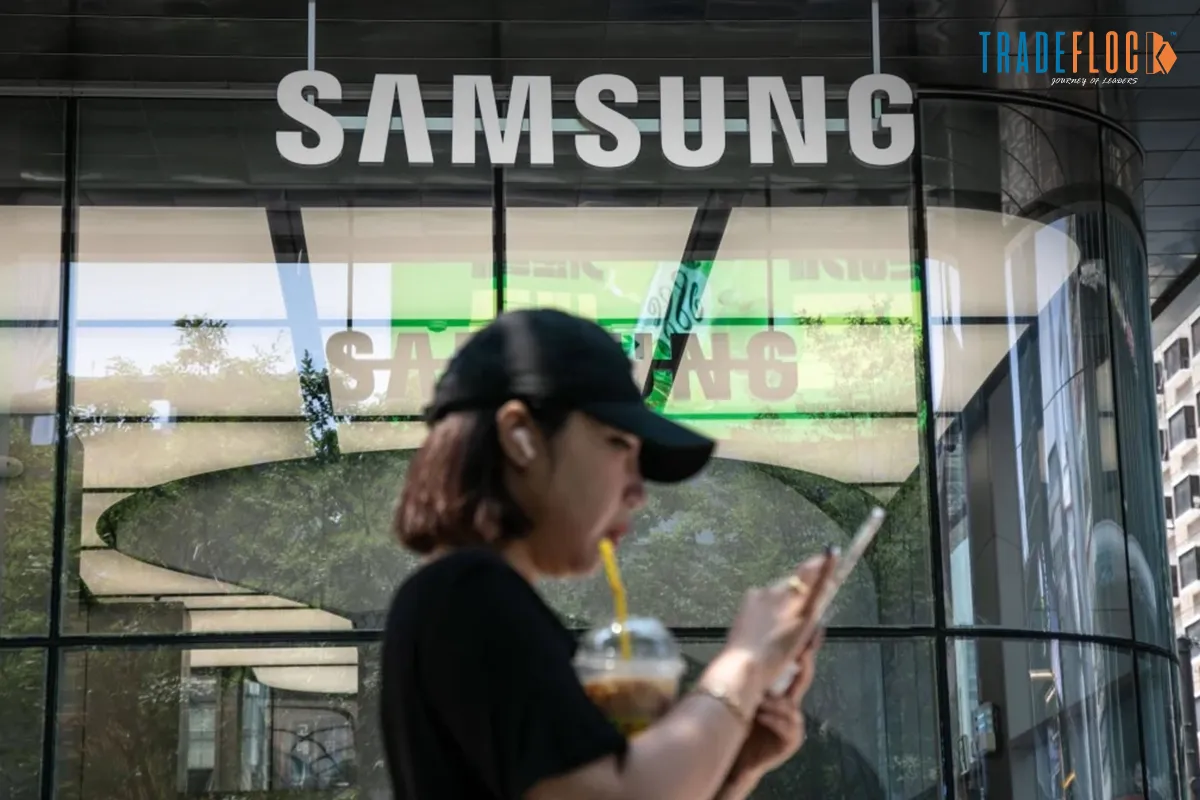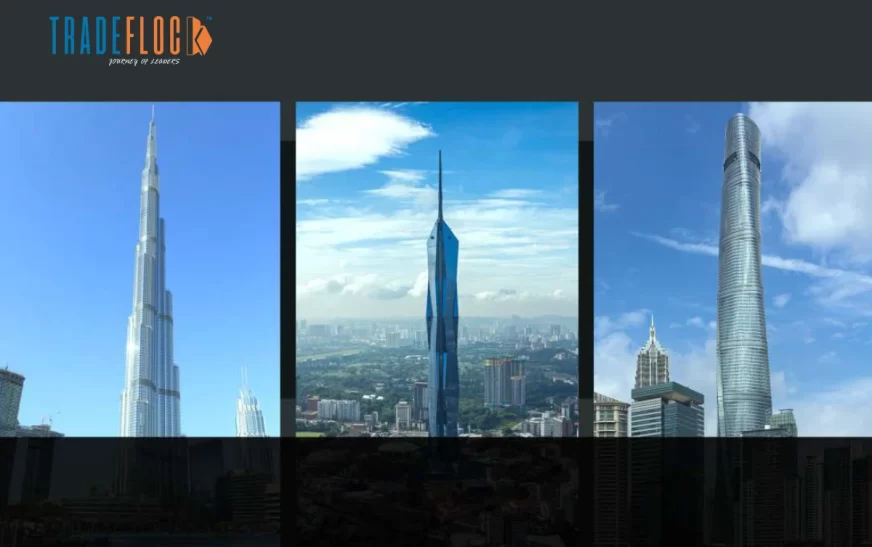Across Asia, vast shopping malls have been once a symbol of prosperity and now echo with silence. These ghost malls aren’t only evidence of market miscalculations; they reveal profound elevation in our lifestyles, consumption and vision of evolution.
The count of ghost shopping malls has been increasing in the major Asian countries like India and China. According to a report by Knight Frank, the rise is defined by a more than 40 percent increase which rose from 57 ghost malls in 2022 to 64 in the previous year across eight major cities and the central reason behind is changing consumer behaviour as many people are now inclining towards online shopping and heading to bigger shopping centers to navigate better experience.
The real estate consultant released the report with the Title ‘ Think India , Think Retail 2024 , containing the details of shopping centers and high streets in 29 cities across India. The report showed a sharp rise in numbers of low performing shopping centers in India,coming under the Tier 1 mainly, Ahmedabad, Bengaluru, Chennai, Hyderabad, Kolkata, Mumbai (National Capital Region) and Pune.
These 64 shopping centers with around 13.3 million square feet of gross eligible areas have been labelled as ghost shopping centers in 2023. Given the rise in the ghost malls, the loss of value is estimated to be at rupees 6,700 or 798 million dollars in 2023
The National capital has the highest stock of shopping malls measuring at 5.3 million square ft. followed by Mumbai with a measurement of 2.1million square feet and Bengaluru with 2 million square feet. Hyderabad is the only major city with the decline in ghost mall stock by 19 percent year over year to 0.9 million square feet in 2023.
The 21 tier 2 cities like Buhar and Inno have less number of shopping malls as compared to Taiwan cities but this is due to the fact that the stock of shopping centers in these cities came considerably later to the Taiwan cities where the shopping centers started in the 1990s.
What went wrong?
The rise of ghost malls in Asia stems from unrealistic growth plans, market speculation and consumer transformation. In China, swift urban growth fueled a real estate boom with large malls constructed prematurely. Once the World’s largest by commercial renting purpose, the New South China Mall in Dongguan has experienced prolonged emptiness. Unsuitable locations, weak public transport access and inflated population protection has turned many projects into white elephants.
Online giants like Alibaba and Lazada reshaped consumer behaviour causing foot traffic focused malls to lose relevance as consumers favored online purchase. With its mobile centric population, Southeast Asia has amplified the trend prompting numerous mid tier malls shutdown.
Expanding income inequality and urban migration throughout Asia have transformed consumer preferences. Constrained by housing expenses and flat wages, young adults are reducing non essential spendings, and aging populations in Japan and South Korea weaken demand for traditional mall retail.
Reimagining Spaces: A Ray of Hope
Despite their decline, abundant and dysfunctional malls centers open the door to reshape urban environments in an era of ecological constraints. Repurposing existing structures provides an eco- friendly and economical path ahead.
The generous space in empty malls make them suitable educational institutes, training centers and shared workspaces like the Orientational Science and Technology Institute in Shanghai transformed a deserted mall into a modern training school and likewise struggling malls in the Philippines are being reimagined as innovation hubs and injecting new purpose to vacant structures.
If we talk about the Healthcare departments, throughout the pandemic ghost malls in South Korea and Indonesia serve as the provisional testing and vaccination centers. Their effectiveness has sparked initiatives to redevelop these spaces into lasting healthcare and rehabilitation hubs.
As the growing elderly population in Asia, particularly in Japan, is fueling demand for senior living and assisted care and to meet this need, Aeon Mall is repurposing vacant spaces into residential units and support services.
Cultural and sustainable renewal is transforming these spaces as Seacon Square in Bangkok combines art exhibitions, markets and performances, creating a beautiful blend of commerce and culture.
Anticipating with Hope
Ghost malls showcase past planning failures but it also reflects a ray of hope. Collaboration between policy makers, developers and residents is crucial to reshape these into inclusive space which reflect contemporary urban demands. Facilitating private investment in repurpose by offering tax advantage, flexible zoning and collaborative partnership is crucial.
As ghost malls are not failures but are gateways of transformation. Through innovative redevelopment we can evolve into accessible assets that resonate with the pace of evolving modern life.











